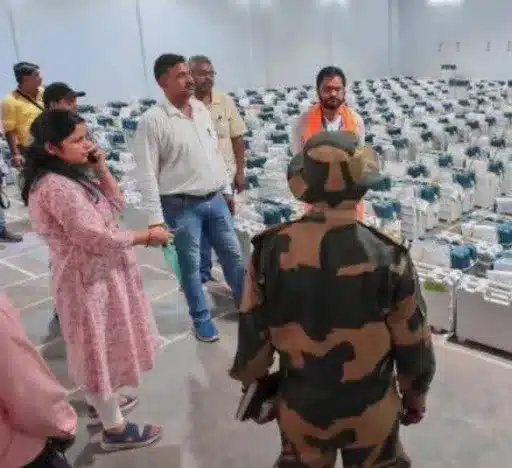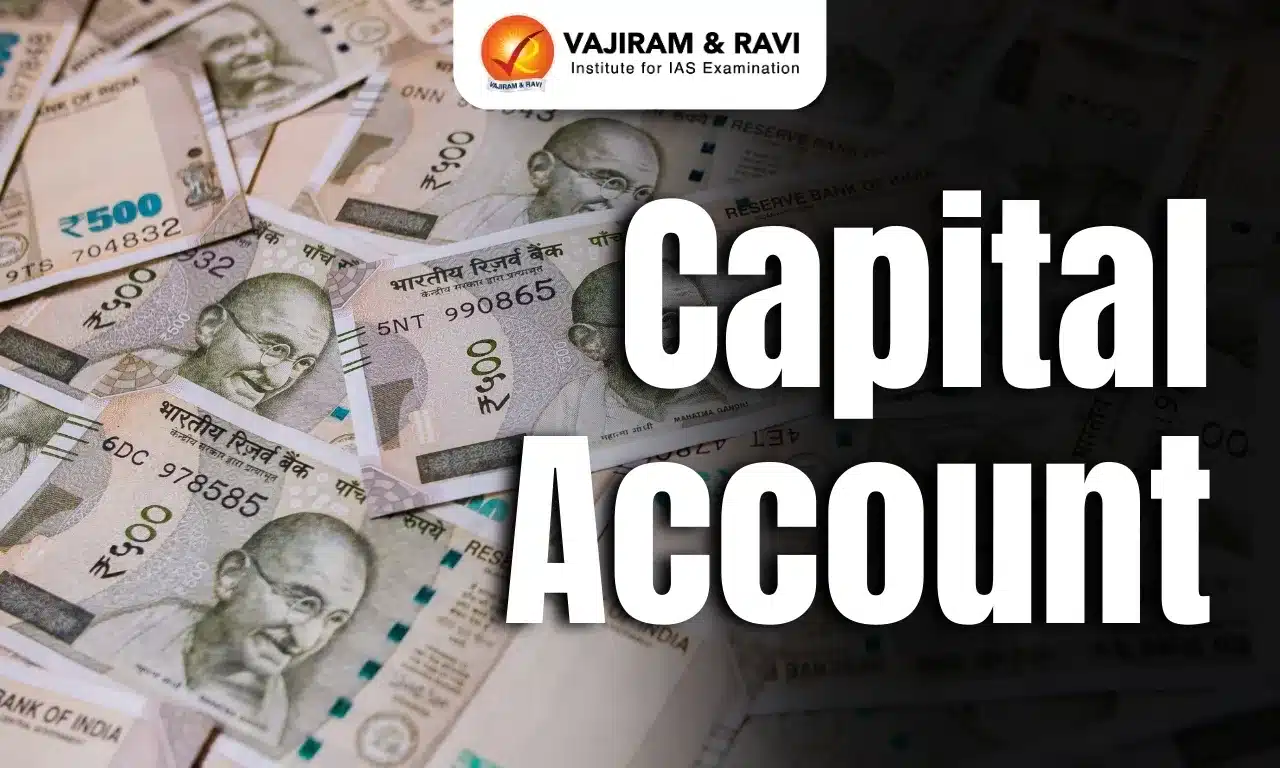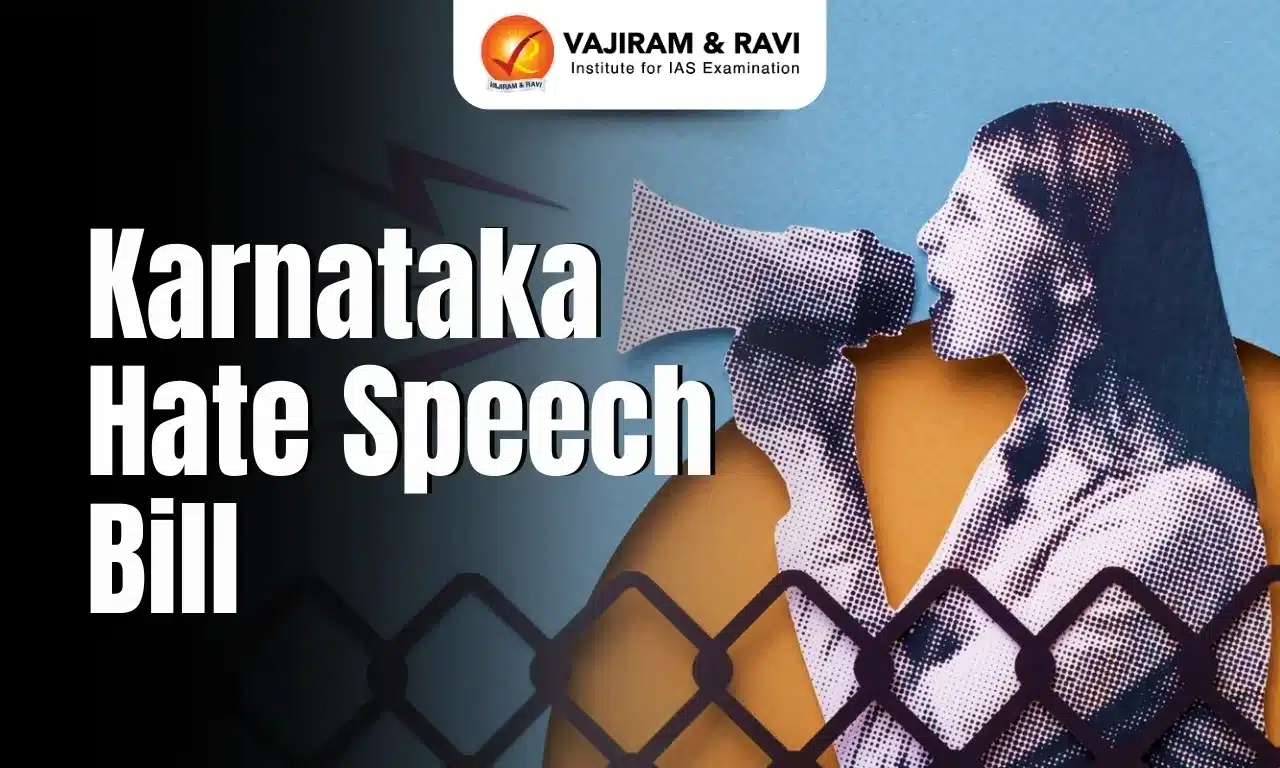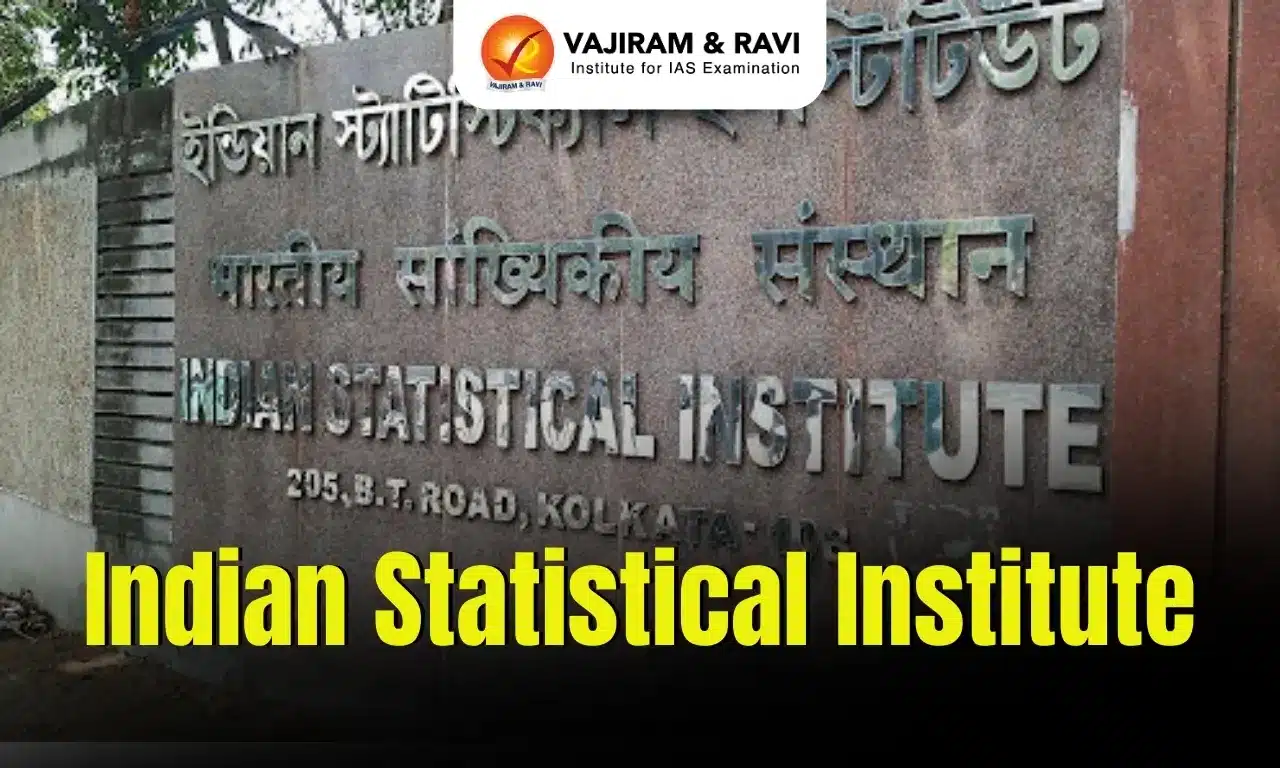What’s in today’s article?
- Why in News?
- Counting of vote
Why in News?
Over the past six weeks, 642 million voters have participated in the world’s largest democratic exercise. Now, it’s their turn to be heard through counting of votes.
The counting of votes for the Lok Sabha Elections 2024 and State Legislative Assemblies of Andhra Pradesh and Odisha will take place on June 4, 2024 starting from 8 am till the counting of votes polled across 543 constituencies is completed.
Counting of vote
- Handbook released by EC contains a snapshot view of counting process
- EC has issued a handbook for Returning Officers (ROs) and counting agents.
- These handbooks contain a snapshot view of how the counting process is designed, how it must work, and when and how they may raise objections if they find any irregularities.
- Legal provision
- The counting of the votes is governed by Rule 66A of the Conduct of Elections Rules, 1961, as inserted by the Conduct of Elections (Amendment) Rules, 1992.
- Responsibility of Returning Officer (RO)
- The rules state that the RO is responsible for the counting of votes.
- The RO, who is typically the District Magistrate of the district concerned, is nominated by the Election Commission of India (ECI).
- He is supposed to inform each contesting candidate or their election agent in writing about the counting date, time, and location at least one week before the polling date.
- Assistant Returning Officers are also empowered to oversee the counting, especially where an RO is responsible for more than one constituency.
- The actual counting of votes in the EVMs at various tables is done by counting officials appointed by the RO.
- The rules state that the RO is responsible for the counting of votes.
- Place where votes are to be counted
- Rule 51 of The Conduct of Election Rules, 1961, requires the returning officer to appoint the time and place for vote counting at least one week before the poll.
- The ECI sets the uniform date and time for counting, preferably at the RO’s headquarters, though it can be outside the constituency.
- Votes for an Assembly constituency are counted at a single location, with each constituency counted in a separate hall.
- Each hall must be a distinct room with separate entry and exit. If not available, large rooms can be divided with temporary partitions.
- Each hall can have up to 14 counting tables plus the RO’s table.
- Rule 51 of The Conduct of Election Rules, 1961, requires the returning officer to appoint the time and place for vote counting at least one week before the poll.
- Process
- As per the guidelines, the RO should begin the counting process strictly at the scheduled time, and the entire procedure must be in-camera and stamped with the date-time.
- According to EC procedures, the EVM Strong Room must be opened in the presence of the observer, RO/ARO(s), and the candidates/their agents, with necessary log book entries made before breaking the seal.
- Continuous CCTV coverage is required to document the movement of control units, VVPATs, and relevant documents from the strong room to the counting hall.
- To maintain vote secrecy, counting staff, polling agents, and others must remain at the Counting Centre until the official announcement of results.
- Counting the postal ballot papers
- According to Rule 54A of the Conduct of Elections Rules 1961, the counting of postal ballots begins first at all counting centres.
- After 30 minutes, the counting of EVM votes will commence. Finally, VVPAT slips will be matched with the EVM results.
- According to Rule 54A of the Conduct of Elections Rules 1961, the counting of postal ballots begins first at all counting centres.
- Counting of Votes through EVMs
- Thirty minutes after the start of counting postal ballots, the counting of votes from EVMs should commence.
- EVM counting is organised on tables arranged in rows and numbered sequentially.
- Seating arrangements are made for counting agents at each table.
- At each counting table, the votes cast at one polling station are addressed at a time.
- Only the Control Unit of the EVM used at each polling station is needed to determine the poll results for that station.
- The Ballot Units are kept in a secure strong room.
- After counting, the candidate-wise results from each control unit are recorded in Form 17C part II and signed by the counting supervisor and the candidate/polling agent.
- The RO countersigns Form 17C part II upon receipt, showing it to the candidate/polling agent for their records.
- Form 17C part II is then sent to the official who prepares the Final Result Sheet in Form 20.
- Thirty minutes after the start of counting postal ballots, the counting of votes from EVMs should commence.
- Counting of VVPAT slips
- The counting of VVPAT slips begins only after all votes from the Control Units (CUs) are counted.
- This is done exclusively in the VVPAT Counting Booth under the close supervision of the RO and Observer, and in the presence of the candidates or their agents.
- Recounting of votes
- Recounting of votes recorded by voting machines is usually unnecessary as each vote is valid, eliminating disputes.
- Despite the necessity for recount being totally eliminated by the use of voting machines, the provisions relating to recount contained in Rule 63 of the Conduct of Elections Rules, 1961, still apply.
- Results Deceleration
- After vote counting and verifications, the RO must obtain authorization from the Observer to declare the result.
- The RO should seek NOC on Form 20 from the Commission, Observer, and the leading candidate before announcing the result publicly.
Q.1. Who acts as a district Returning Officer?
Returning officer is the head of elections in a particular constituency. Generally, in the case of Lok Sabha elections, it is the District Magistrate and in the case of state assembly elections, it is the Sub-Divisional Magistrate who is ex-officio returning officer.
Q.2. What is Voter verifiable paper audit trail (VVPAT)?
Voter verifiable paper audit trail (VVPAT) or verifiable paper record (VPR) is a method of providing feedback to voters using a ballotless voting system. A VVPAT is intended as an independent verification system for voting machines designed to allow voters to verify that their vote was cast correctly, to detect possible election fraud or malfunction, and to provide a means to audit the stored electronic results.
Source: Lok Sabha Elections 2024: When will vote counting start today, how they are counted—explained | Indian Express
Last updated on November, 2025
→ Check out the latest UPSC Syllabus 2026 here.
→ Join Vajiram & Ravi’s Interview Guidance Programme for expert help to crack your final UPSC stage.
→ UPSC Mains Result 2025 is now out.
→ UPSC Notification 2026 is scheduled to be released on January 14, 2026.
→ UPSC Calendar 2026 is released on 15th May, 2025.
→ The UPSC Vacancy 2025 were released 1129, out of which 979 were for UPSC CSE and remaining 150 are for UPSC IFoS.
→ UPSC Prelims 2026 will be conducted on 24th May, 2026 & UPSC Mains 2026 will be conducted on 21st August 2026.
→ The UPSC Selection Process is of 3 stages-Prelims, Mains and Interview.
→ UPSC Result 2024 is released with latest UPSC Marksheet 2024. Check Now!
→ UPSC Prelims Result 2025 is out now for the CSE held on 25 May 2025.
→ UPSC Toppers List 2024 is released now. Shakti Dubey is UPSC AIR 1 2024 Topper.
→ UPSC Prelims Question Paper 2025 and Unofficial Prelims Answer Key 2025 are available now.
→ UPSC Mains Question Paper 2025 is out for Essay, GS 1, 2, 3 & GS 4.
→ UPSC Mains Indian Language Question Paper 2025 is now out.
→ UPSC Mains Optional Question Paper 2025 is now out.
→ Also check Best IAS Coaching in Delhi

















